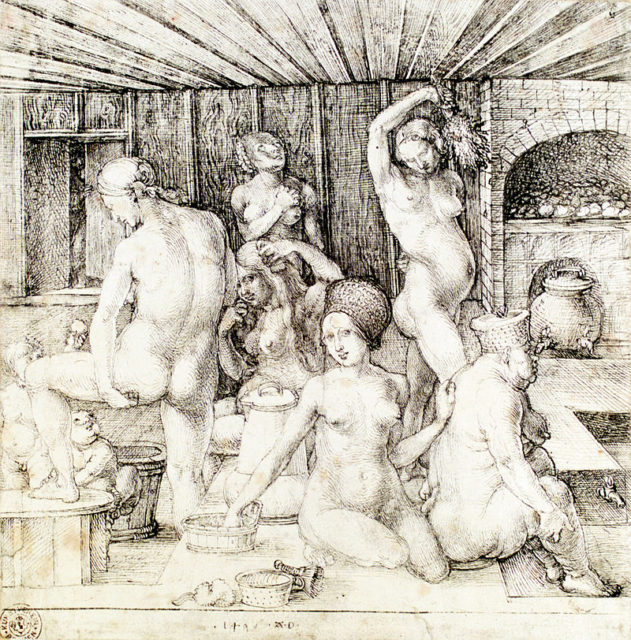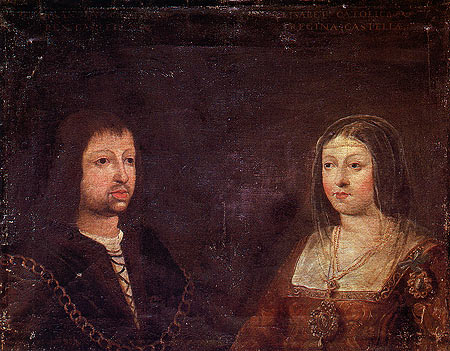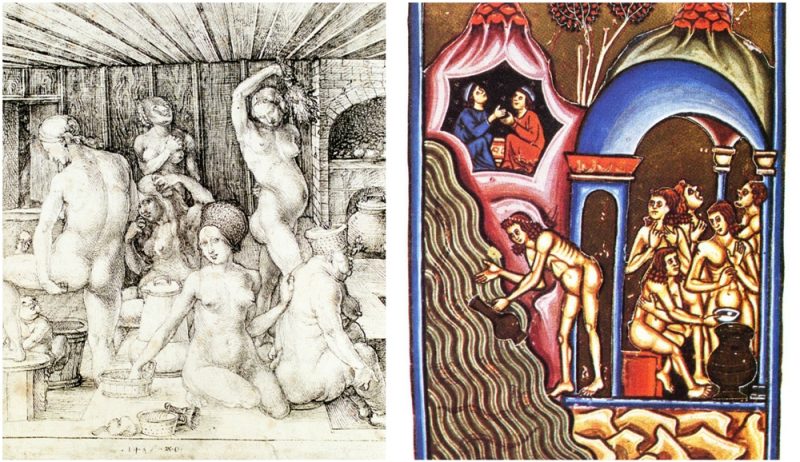Believe it or not, Europeans in the Middle-Ages didn’t wash themselves or changed their clothes more than once a year.
This made stench and lice part of their everyday life. These Europeans were wearing animal furs because they actually believed that lice would jump from the hair to the animal fur in their clothing.

Lice were present in any social scale, from the poorest to the richest. The Queen of Spain, Isabel of Castle admitted that she only had two baths in her lifetime, one when she was born and another when she got married.
During this period, the church forced people to be clean, because it was considered embarrassing to attend mass dirty or dressed in ‘working clothes.’
The monasteries had regulations according to which monks and nuns should take a bath once a week, or at least once in two weeks if they were engaged in any hard work.


However, lice and stench didn’t affect people much because Europeans actually believed that having lice is good for your health. The reason behind their beliefs was the fact that sick people rarely or never had lice.
Looking back in time, it’s noticeable that medieval people had more lice than modern people. They were a common thing in the western world until World War 2 when DDT was developed.

DDT is a transparent, crystalline, tasteless and almost odorless substance that helped people getting rid of lice.
Hygiene has always been a matter of culture and appropriate living conditions, so most of the Europeans in the Middle-Ages who had terrible hygienic conditions were as dirty as the streets they lived in.
